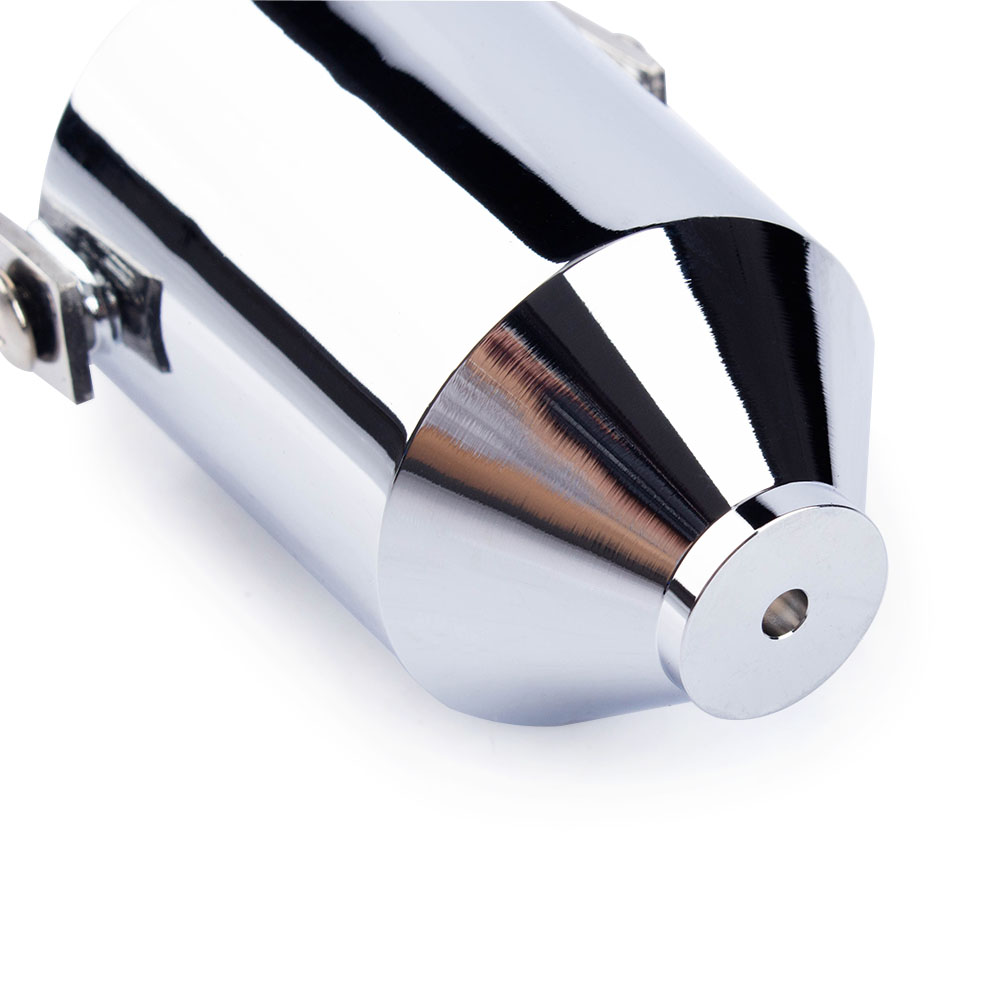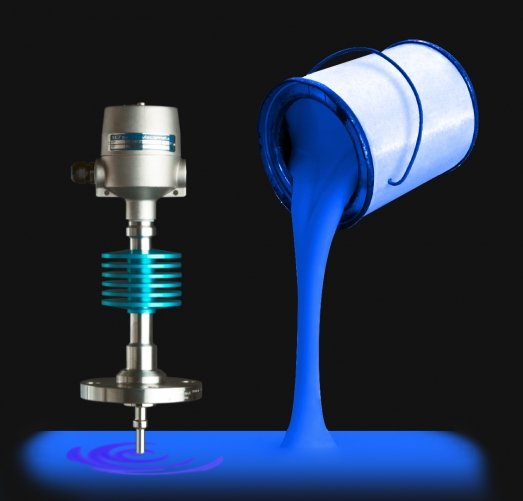

After several airbrush layers it is possible that the surface will no longer be absorbent.Strain to insure proper flow through airbrush.Adding water reduces pigment concentration and color strength. Some colors may require more or less water due to individual pigment characteristics. Color may be thinned up to 80% with water. Add more water if necessary to produce the desired effect. Add 50% water or FAW to the paint and mix thoroughly.Thinning with water only may cause poor adhesion, cracking, flaking or peeling.Thin paint with Airbrush Medium, Liquitex Fluid Mediums & water or Liquitex Fluid Mediums and Flow-Aid Water.Spray a test piece prior to spraying actual surface.įor more information refer to: Part 2 Applications & Techniques: Fabric Non-Absorbent Surfaces: After 3 days cure time, the fabric can be machine-washed or dry cleaned. Colors must permeate the cloth and be seen as a ghost image on the reverse side to be permanent. Fabric: Wash prior to airbrushing to remove sizing.

To create FAW, mix 1 part Flow-Aid to 20 parts water.Thin paint with water or Flow-Aid Water (FAW).Paper, fabric, plaster, Liquitex Modeling Paste, bare wood and primed canvas.The proper thinning procedure is determined by the type of surface to be airbrushed and by durability desired for the final paint film. Liquitex Medium Viscosity Concentrated Acrylic Colors can easily be thinned to flow properly through an airbrush. THINNING ACRYLIC PAINT FOR AIRBRUSH APPLICATION

In traditional painting colors are physically mixed on a palette.Īll Liquitex Acrylic Colors are labeled on every container for Opacity, Hue, Value, Chroma, Lightfastness and Pigment Names as well as safety information.

These ratings are important in airbrush technique, since color blends are optically created. This means less intense airbrush color and straining may be necessary.Įvery color has a specific opacity, hue, value and chroma.


 0 kommentar(er)
0 kommentar(er)
